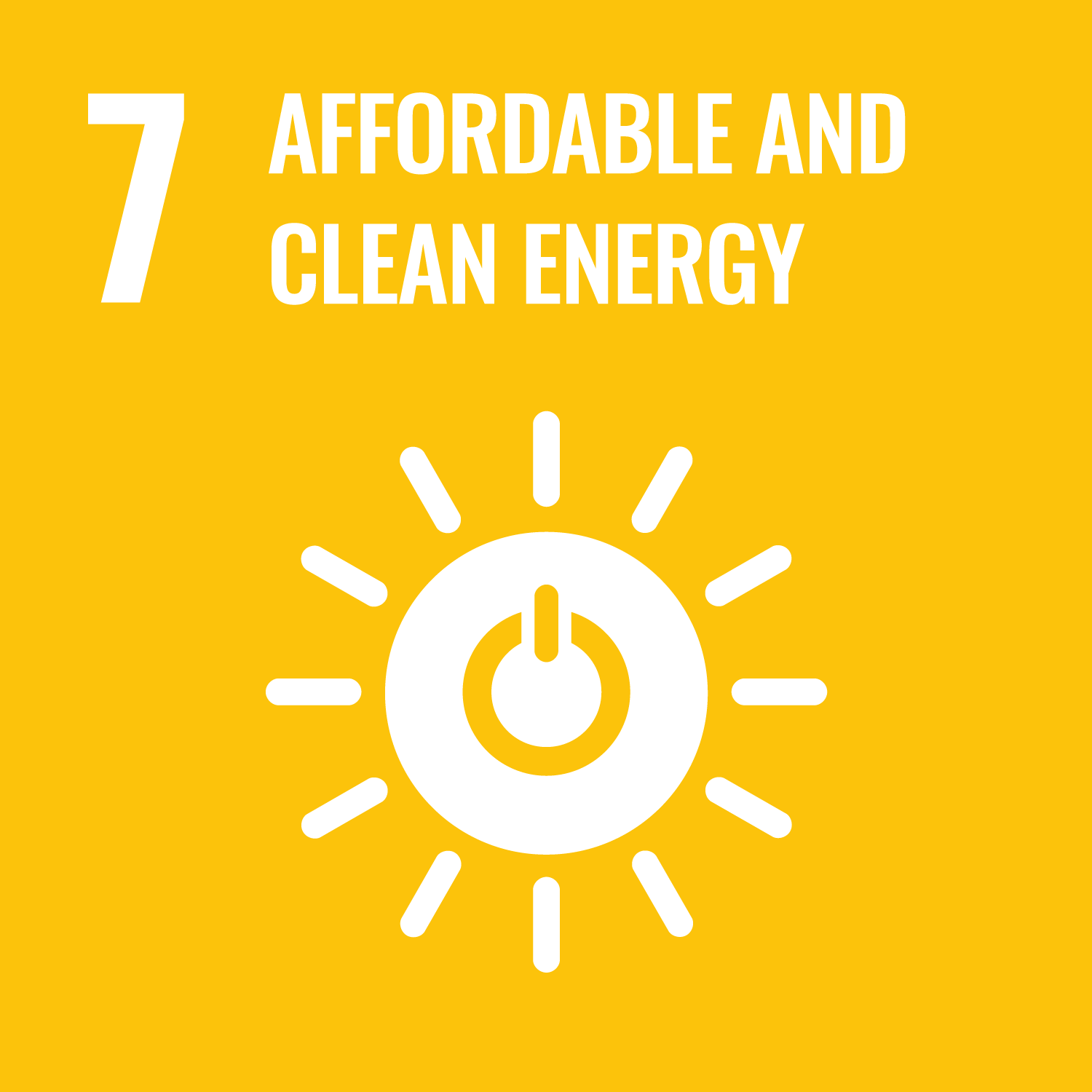Sustainable Development Goal 7 (SDG 7) aims to “ensure access to affordable, reliable, sustainable and modern energy for all” by 2030. This encompasses various targets, including increasing the share of renewable energy in the global energy mix, improving energy efficiency, and expanding access to electricity and clean cooking fuels. Analyzing the progress made by different countries is crucial to assess the path forward.
Top 5 Countries Leading in SDG 7:
- Norway (85.08): Leads the world in renewable energy production, with hydropower accounting for over 90% of its electricity generation. (Source: Sustainable Development Report 2023)
- Sweden (84.62): Makes significant strides in renewable energy and energy efficiency, with ambitious targets for reducing greenhouse gas emissions. (Source: Sustainable Development Report 2023)
- Denmark (84.45): Invests heavily in offshore wind power and boasts a highly efficient energy sector, reducing its dependence on fossil fuels. (Source: Sustainable Development Report 2023)
- Finland (84.39): Achieves impressive results in energy efficiency and clean energy technologies, promoting sustainable energy solutions. (Source: Sustainable Development Report 2023)
- Austria (84.35): Boasts a strong renewable energy sector, with hydropower and biomass contributing significantly to its energy mix. (Source: Sustainable Development Report 2023)
India’s Progress:
India’s SDG 7 score stands at 67.21, ranking it 104th globally. While the country has made remarkable progress in expanding access to electricity and increasing renewable energy generation, challenges remain in improving energy efficiency and providing clean cooking fuels for all.
Key Achievements:
- Increased access to electricity from 75% in 2011 to 99.7% in 2022. (Source: World Bank)
- Achieved the target of 100 GW of installed solar energy capacity by 2022. (Source: Ministry of New and Renewable Energy)
- Increased renewable energy share in the total energy mix from 17.5% in 2015 to 28.0% in 2023. (Source: Central Electricity Authority)
Areas for Improvement:
- Energy intensity remains high, indicating inefficient energy utilization. (Source: International Energy Agency)
- Over 600 million people still lack access to clean cooking fuels, leading to respiratory illnesses and environmental damage. (Source: World Health Organization)
- Reliance on fossil fuels is still significant, contributing to air pollution and climate change. (Source: Climate Action Tracker)
What India Can Do:
- Accelerate renewable energy deployment: Set ambitious targets and implement policies to attract investments in renewable energy projects.
- Promote energy efficiency: Invest in energy-efficient technologies and appliances across various sectors, including industries, buildings, and transportation.
- Provide access to clean cooking fuels: Implement programs and initiatives to ensure universal access to clean cooking fuels and technologies.
- Strengthen energy governance and regulations: Develop effective regulatory frameworks to promote sustainable energy development and attract private sector investments.
- Promote green hydrogen technologies: Invest in research and development of green hydrogen technologies to decarbonize various sectors and create a clean energy future.
Sources:
- Sustainable Development Report 2023: https://dashboards.sdgindex.org/
- World Bank: https://data.worldbank.org/
- Ministry of New and Renewable Energy: https://mnre.gov.in/
- Central Electricity Authority: https://cea.nic.in/?lang=en
- International Energy Agency: https://www.iea.org/topics/energy-access
- World Health Organization: https://www.who.int/
- Climate Action Tracker: https://climateactiontracker.org/
By addressing these challenges and prioritizing renewable energy, energy efficiency, and clean energy access, India can strive towards achieving SDG 7 and securing a sustainable and clean energy future for its citizens.

